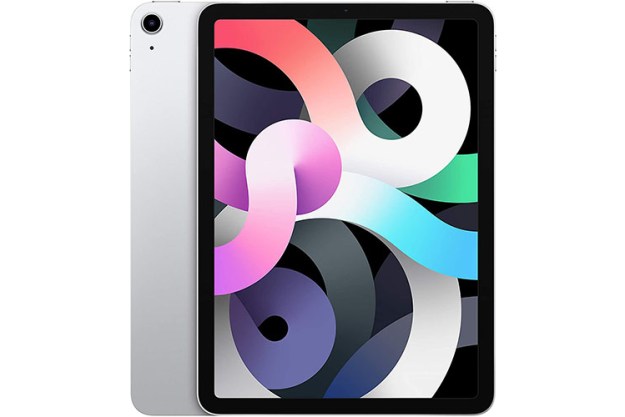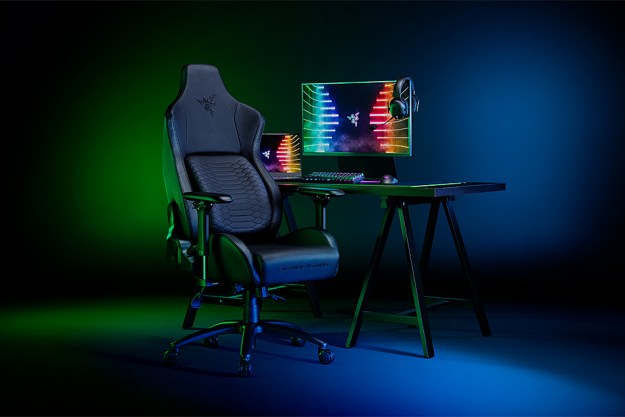
Shoneel Kolhatkar, Samsung Senior Director, Product Marketing, stopped by the Digital Trends booth and began his session talking about the Notebook 9 Pen. This is a 13.3-inch convertible 2-in-1 that brings Samsung’s extensive S Pen capabilities to a Windows 10 notebook. Kolhatkar described the Notebook 9 Pen as “the best of productivity and the best of portability,” and went on to focus on the functionality brought to Samsung notebooks by the S Pen software.

Next, Kolhatkar discussed the importance of the “prosumer,” or the typical consumer who uses PCs to get work done. Clearly, Samsung is focused on providing solutions that meet the needs of consumers — watching video and playing casual games, for example — while providing real productivity enhancements like the Action Memo utility that allows users to take a screenshot, draw, and more on any web page and the S Notes app that allows user to create notes while saving audio recordings and syncing everything to the Samsun cloud.
Kothatkar also discussed Samsung’s desire to match PC functionality to that provided by Samsung smartphones. For example, the S Pen from a Samsung Note 8 will work on the Notebook 9 Pen and vice versa. And, the notebook can be synced with a Samsung smartphone for transferring notes and other information that’s created using the S Pen technology.
There’s more to learn, including an overview of Samsung’s other laptop offering, the Notebook 9, which skips the S Pen but packs in a 75 watt-hour battery for up to 19 hours of battery life and tosses in an Nvidia discrete GPU for enhanced graphics capabilities. Check out the video for more on Samsung at CES 2018, including an overview of Samsung’s general strategy to leverage its success in smartphones to help grow its presence in notebooks as well as where its Bixby digital assistant fits into the picture.
Editors' Recommendations
- All of Samsung’s videos from today’s Galaxy Unpacked event
- Samsung’s Flex Note is the folding laptop of our dreams
- Samsung launches the $999 Galaxy Chromebook with a 4K AMOLED display
- Samsung’s upcoming $999 Galaxy Book S is the first Snapdragon 8cx laptop
- Digital Trends Live: Samsung’s upcoming Galaxy Note 10, Harry Potter AR, and more


